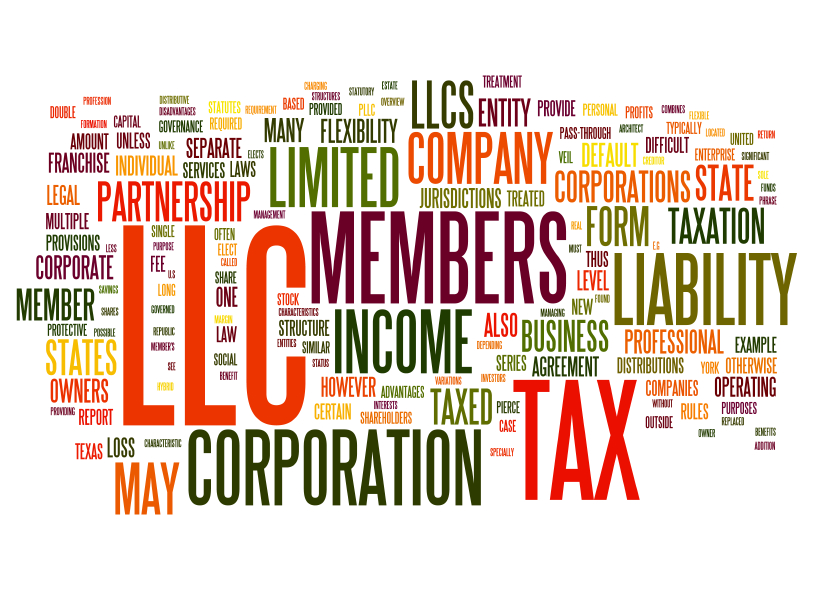Last November, I was working closely with one of our clients and their real estate lender to purchase a large property in the San Francisco Bay Area. I formed two California limited liability companies for the transaction. One LLC was the investment entity that was going to own the property, and the other was the management entity that was going to hold the sponsor interests in the deal. Both entities had to be properly and fully formed so that we could obtain good standing certificates from the Secretary of State and be in position to issue legal opinions for the lender. During the due diligence period, our client discovered something about the property that was not what had been represented to them by the seller of the property. As a result of this information, the purchase fell through.
Fortunately, despite all of the other costs expended on pursuing this property, the client had not yet paid the $800 franchise taxes for each of the two LLCs we formed. In California, if an LLC meets certain requirements it may cancel its Articles of Organization within 12 months of the filing by filing a Short Form Certificate of Cancellation with the Secretary of State, and avoid paying the first year’s franchise taxes. These requirements include:
– The California LLC has no debts or other liabilities (other than tax liability);
– The assets, if any, have been distributed to the persons entitled to them;
– The final tax return has been or will be filed with the Franchise Tax Board;
– The California LLC has not conducted any business since filing the Articles of Organization;
– A majority of managers or members, of if there are no managers or members, then the person who signed the Articles of Organization, voted to dissolve the LLC and
– If the LLC has received any payments from investors for LLC interests, those payments have been returned to the investors.
Source: Spidell’s California Taxletter, Vol 34.11, Nov. 1, 2012.
Because our client met all of these requirements, we were able to cancel the LLCs without paying the $1600 ($800 x 2) in California franchise taxes. If, on the other hand, the client had already paid the taxes, we would not have been entitled to a refund. With this in mind, sometimes when forming an LLC it may be better to wait until the last minute before the franchise taxes are due before paying them to make sure the business is going forward, as long as you either pay them before late fees would be imposed, or you are willing to incur late fees in the event your LLC does not qualify for the short form cancellation.
Continue reading ›
 With any luck, you or your business will never end up the subject of a lawsuit. Since this isn’t a perfect world, it’s best to start thinking about what to do if the unforeseen happens. Like most things, business litigation is an involved issue. We can’t go through the entire process in one post, so we’ll start with three basic steps to take if you find yourself in legal trouble.
With any luck, you or your business will never end up the subject of a lawsuit. Since this isn’t a perfect world, it’s best to start thinking about what to do if the unforeseen happens. Like most things, business litigation is an involved issue. We can’t go through the entire process in one post, so we’ll start with three basic steps to take if you find yourself in legal trouble. Business Lawyers Blog
Business Lawyers Blog


